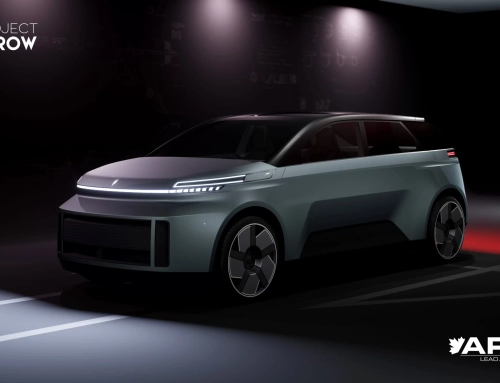Project Description
Background
The University of Waterloo is a leading research institution in Canada, with a strong focus on innovation and technology. The university has a 2.7 km ring road that encircles the main campus, which is used by pedestrians, cyclists, and vehicles. The ring road represents an urban driving environment with many intersections and traffic challenges.
The university launched the WATonoBus project in 2020, with the aim of making autonomous vehicles safe and reliable for urban driving in any weather condition. The project involves three fully equipped WATonoBus with Vehicle to Vehicle (V2V) and Vehicle to Infrastructure (V2I) connectivity, which are used in a cross-disciplinary research for enabling Level 4-5 automated driving. The WATonoBus are electric shuttle buses that can carry up to 12 passengers each, and are designed to operate on the ring road as a public transportation service.
The WATonoBus project requires a high-performance and robust control unit that can run sophisticated self-driving AI algorithms, link up to the onboard sensors and the control system, and withstand the wear and tear of road travel. The control unit is the brain of the autonomous vehicle, and is responsible for processing the data from the perception, prediction, localization, decision making, path planning, vehicle control, and path tracking modules, as well as ensuring the safety and reliability of the vehicle.
FlexCases have been integrated into the control system of the busses, transferring sensor data to the main vehicle computer and actuating the steering, brakes, and accelerator.
Challenges
The WATonoBus project faced several challenges in finding a suitable control unit for the autonomous electric shuttle bus. Some of the main challenges were:
- The control unit had to be compatible with the existing hardware and software components of the WATonoBus, such as the electric powertrain, the V2V and V2I communication systems, and the virtual testing environment.
- The control unit had to be reliable and durable, and able to operate in harsh weather conditions, such as rain, snow, fog, and extreme temperatures.
- The control unit had to be cost-effective and energy-efficient, and minimize the impact on the battery life and the weight of the vehicle.
Implementation
The WATonoBus project was achieved through the use of the NVIDIA Jetson Systems for the high level perception and path planning processing and the FlexCase for the reamining low level control. The systems communicated over both Ethernet and CANbus as required.
Supervised wireless Bluetooth control of the WATonoBus.
Integration of a robust force feedback system using Simulink and the FlexCase
Results
The WATonoBus project successfully implemented FlexCase as the control unit for the autonomous electric shuttle bus, and achieved the following results:
- The WATonoBus project was able to run the self-driving AI algorithms and process the sensor data with high speed and accuracy, and achieve Level 4-5 automated driving on the ring road.
- The WATonoBus project was able to integrate the control unit with the existing hardware and software components of the vehicle, and create a seamless and coherent autonomous driving system.
- The WATonoBus project was able to operate the vehicle in any weather condition, and ensure the safety and reliability of the passengers and the vehicle.
- The WATonoBus project was able to reduce the operational costs and the environmental impact of the vehicle, and improve the public transportation service on the campus.
Conclusion
The WATonoBus project is a pioneering example of how autonomous electric shuttle buses can be used for urban driving in any weather condition. The project demonstrates the benefits of using the FlexCase as the control unit for the autonomous electric shuttle bus, and showcases the expertise and skills of Audesse and the University of Waterloo. The project also contributes to the advancement of autonomous driving technology and the promotion of sustainable mobility.










